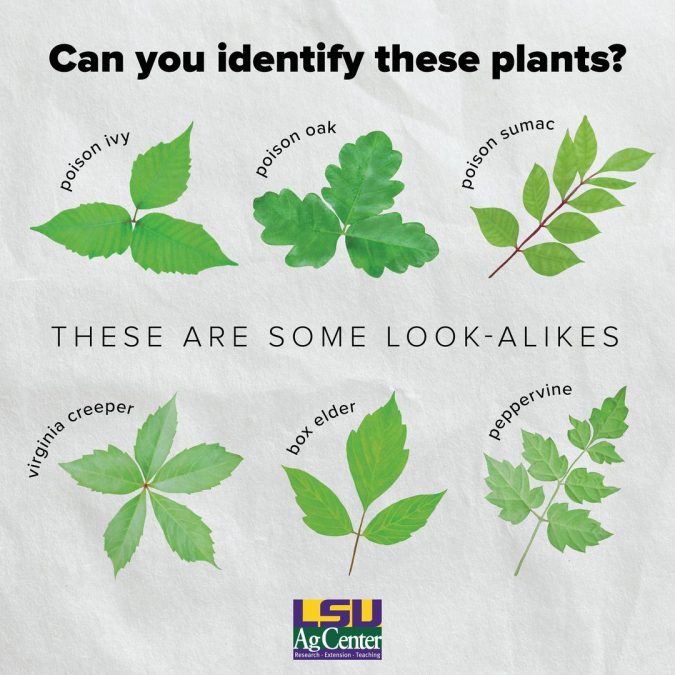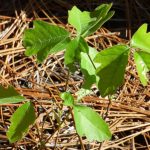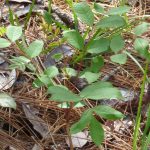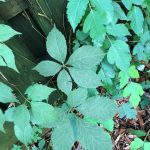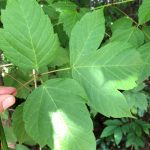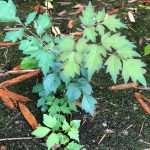
June 25 South Louisiana Veteran Outreach Freedom Fest Crawfish Boil Registration is Now Available
April 18, 2022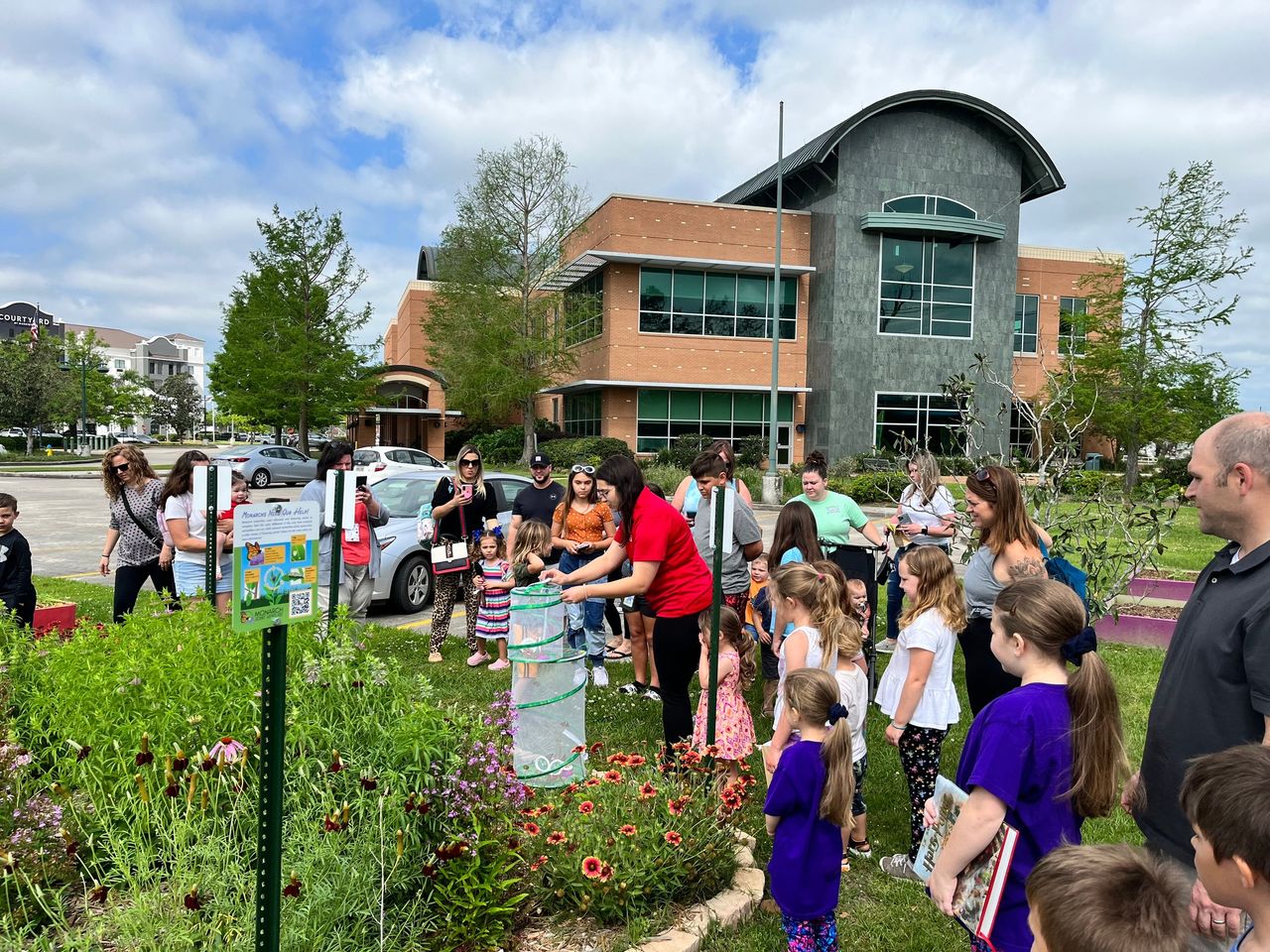
TPL celebrates butterfly release
April 18, 2022By Carol Pinnell-Alison, and Kerry D. Heafner
LSU Ag Center
If you’re outdoors at all during a Louisiana summer, an encounter with poison ivy (Toxicodendron radicans) is tough to avoid. This time of year, LSU AgCenter extension offices throughout the Northeast Region get a lot of questions about poison ivy — mainly about how to identify it and kill it. Because plant identification and gardening pages on social media often present misleading information about how to positively identify poison ivy and distinguish it from both poison oak (T. pubescens) and poison sumac (T. vernix), let’s look at these three itchy troublemakers.
All three species are members of the cashew family. The genus name Toxicodendron literally means “poison tree.” All three produce an oil called urushiol that typically causes a mild to severe rash when it contacts skin. Some folks are highly allergic to it, some are only mildly allergic to it and a lucky few are not allergic to it at all. All three species have leaves that are always both alternately arranged and compound, meaning the leaves are divided into leaflets.
Poison ivy is, by far, the most common of the three species. Its leaves are divided into three leaflets, which may be variously lobed or not lobed at all. In sunny situations, the leaflets may have a shiny appearance. Poison ivy is always a vine, but especially robust specimens may appear shrubby. Poison ivy is easily identified in winter by the multitude of hairlike, adventitious roots that hold vines tightly to tree trunks. Even in its dormant condition, poison ivy can still cause a rash. Its flowers are small, greenish-white and white drupes that follow spread by birds.
The adage of “leaves of three, let it be!” doesn’t necessarily fly. Numerous other plants have trifoliate or compound leaves and are often misidentified as poison ivy, especially peppervine (Nekemias arborea), trumpet creeper (Campsis radicans) and Virginia creeper (Parthenocissus quinquefolia). Peppervine and Virginia creeper are both in the grape family. Young leaves of peppervine mimic poison ivy in that the leaflets may be variously lobed. Pinnately compound leaves, the lack of urushiol production, the presence of tendrils, grapelike clusters of tiny flowers, and dark purple or black fruit make peppervine distinctly different from poison ivy. Virginia creeper has palmately compound leaves that sequester calcium oxalate crystals and may irritate sensitive skin, but this is much less frequent than the dermatitis caused by poison ivy. The attractive, red foliage of Virginia creeper in fall is distinctive and should never be confused with the yellow fall foliage of poison ivy.
Unlike poison ivy, the leaves of trumpet creeper are oppositely arranged and pinnately compound. The showy, bright orange, trumpet-shaped flowers make it immediately distinguishable from poison ivy and its cousins. Box elder (Acer negundo), a tree commonly found along streams in our area, is a close look-alike but is distinguished by its oppositely arranged leaves.
Poison oak also has leaves divided into three leaflets. Poison oak is a shrub and is generally restricted to drier upland sites, whereas poison ivy, a vine, is found in a variety of habitats. Poison sumac is small and less common in Louisiana. Poison sumac is basically a wetland species with pinnately compound leaves that may divided into seven to 13 leaflets. Some possible poison sumac look-alikes may include elderberry (Sambucus canadensis) and saplings of ash (Fraxinus sp.). Again, both will always have oppositely arranged leaves as opposed to alternately arranged leaves. Another possible poison sumac imposter is tree of heaven (Ailanthus altissima), which will not likely be found in poison sumac habitat. The nontoxic sumacs, of the genus Rhus, are much more abundant in our area and are commonly seen on roadside banks. Their red and orange fall foliage is quite stunning.
- Leaves of poison ivy are divided into three leaflets. Photo credit: Kerry Heafner
- Leaves of poison oak are divided into three leaflets, each of which closely resemble oak leaves. Photo credit: Dawn McMillian, Almost Eden Nursery
- Poison sumac has pinnately compound leaves and is mainly a wetland plant. Photo credit: Dawn McMillian, Almost Eden Nursery
- Leaves of Virginia creeper have five leaflets as opposed to three leaflets of poison ivy. Photo credit: Kerry Heafner
- The leaves of box elder, a riparian tree, closely resemble those of poison ivy. Photo credit: Kerry Heafner
- Young leaves of peppervine are often mistaken for poison ivy. Photo credit: Kerry Heafner

